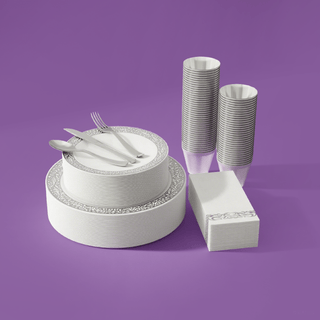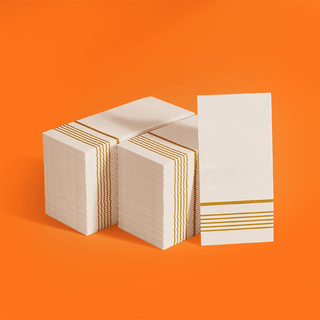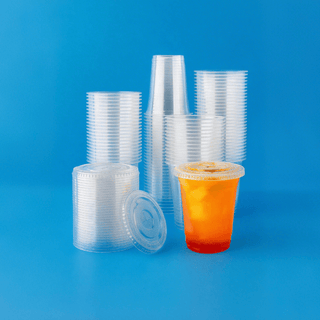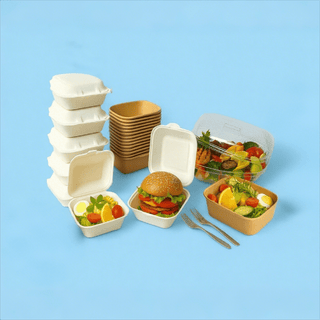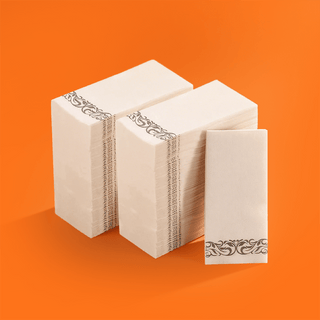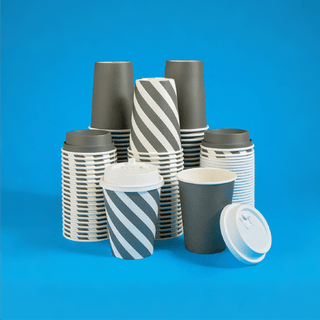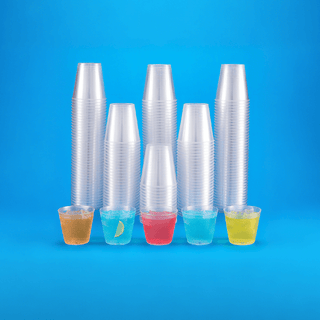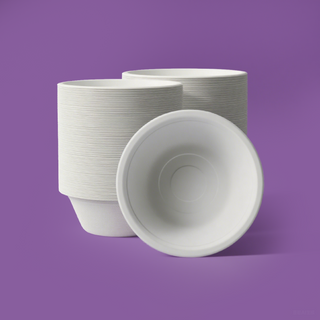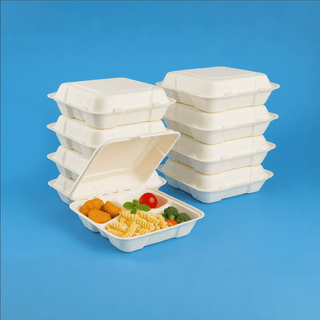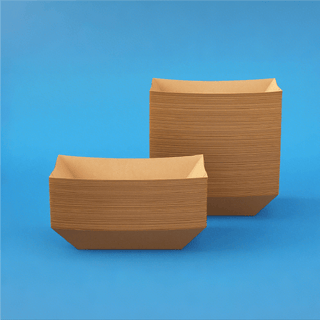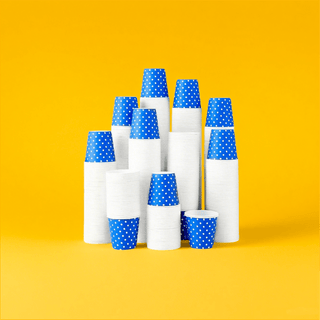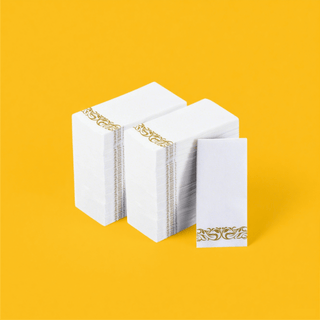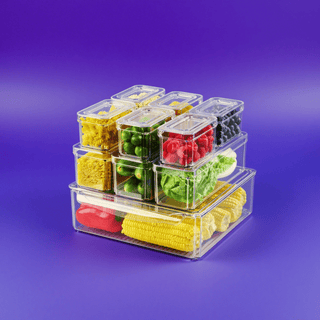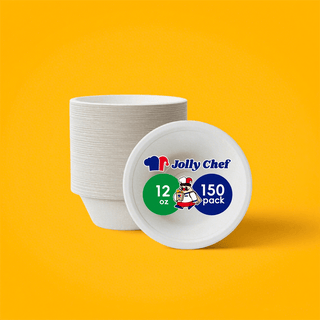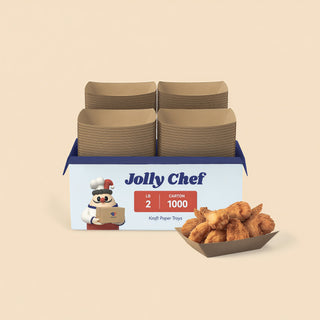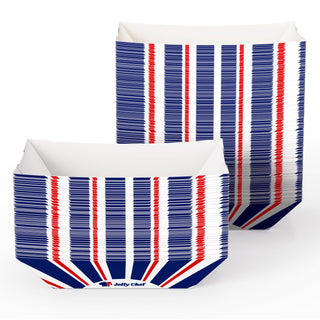
Biodegradable vs. Compostable vs. Degradable: What Restaurants Need to Know
As sustainability becomes a priority in the food service industry, more restaurants and food businesses are moving away from traditional disposables and toward eco-friendly options. Terms like “biodegradable,” “compostable,” and “degradable” now appear on everything from cups to containers—but what do they actually mean? And how can your business choose wisely?
In this blog, we unpack the key differences between these terms and explore how switching to sustainable products like biodegradable cups, bagasse plates, and clear plastic cups with lids can bring your business closer to its zero-waste goals.
Understanding Key Eco-Friendly Terms

While these words are often used interchangeably, each has a unique definition and environmental impact:
- Biodegradable: Breaks down through microbial activity.
- Compostable: Degrades in compost conditions and enriches the soil.
- Degradable: Breaks down chemically, often leaving behind microplastics.
Understanding these differences is essential for making informed purchasing decisions, especially when selecting disposable tableware for your restaurant or event.
Defining Biodegradability

Biodegradable products decompose into natural elements like carbon dioxide, water, and biomass thanks to bacteria or fungi. This category includes biodegradable cups, biodegradable paper plates, and select utensils.
The Problem with Landfills
Disposal matters. Landfills are low-oxygen environments, which means even biodegradable items often decompose anaerobically—producing methane, a potent greenhouse gas. For example, even biodegradable plastic cups can contribute to pollution if improperly discarded.
How to Dispose Properly
To support actual biodegradation, send items to commercial compost facilities or organic recycling centers. Some areas now offer biogas programs that turn biodegradable paper plates and similar products into renewable energy.
Compostable Products Explained

Compostable products go a step further: they break down completely in compost environments and leave behind nutrient-rich soil. Made from renewable materials like cornstarch, PLA, or sugarcane fiber, compostable options such as bagasse plates are both durable and earth-friendly.
Composting Best Practices
To ensure proper decomposition, compostable products should be sent to industrial composting facilities where heat and microbial activity are optimized. Tossing them in a trash bin or blue recycling bin can disrupt the process and lead to waste.
Avoiding Confusion with Recycling
Compostable products often resemble plastics, which leads to contamination in recycling streams. Clear labeling and staff training are critical to keeping biodegradable plastic cups and bagasse plates in the correct waste stream.
The Nature of Degradable Plastics

Unlike compostable or biodegradable items, degradable plastics rely on chemical reactions to break down—often under UV light or heat. These materials can fragment into microplastics that remain in the environment.
Oxo-Degradable Materials Explained
These plastics contain additives that speed up degradation but don’t guarantee harmless results. They disintegrate faster than traditional plastics but do not fully return to nature like biodegradable cups.
Oxo-Degradable vs. Oxo-Biodegradable

Bottom line: neither option meets the standards of sustainability offered by compostable bagasse plates or certified biodegradable paper plates.
Embracing the Zero-Waste Philosophy

Zero waste is more than a trend—it’s a system where materials are reused, composted, or repurposed instead of sent to landfills. Restaurants are uniquely positioned to lead this change by swapping out single-use plastics for alternatives like biodegradable cups or clear plastic cups with lids that are recyclable or compostable.
Building a Zero-Waste Kitchen
Start with a waste audit, then work toward switching to planet-friendly products. Items like bagasse plates, biodegradable paper plates, and clear plastic cups can significantly cut down your kitchen’s environmental footprint.
Quick Tips for Reducing Waste
- Donate surplus food to local shelters or compost scraps in-house.
- Replace disposable napkins with cloth options.
- Eliminate plastic straws from service.
- Stock up on clear plastic cups with lids that meet recycling or composting criteria.
- Buy in bulk to reduce packaging waste.
Final Thoughts on Sustainable Choices
Choosing between biodegradable, compostable, and degradable isn't just about labels—it’s about measurable impact. For food businesses committed to eco-conscious operations, products like bagasse plates, biodegradable cups, and compost-ready disposables represent smart, actionable steps toward a cleaner future.
By understanding what each term means and investing in better materials today, your restaurant or event can reduce its footprint—and send a strong message to customers who care about the planet.
Ready to make the switch? Explore our collection of biodegradable cups, bagasse plates, and clear plastic cups with lids to start serving more sustainably.


